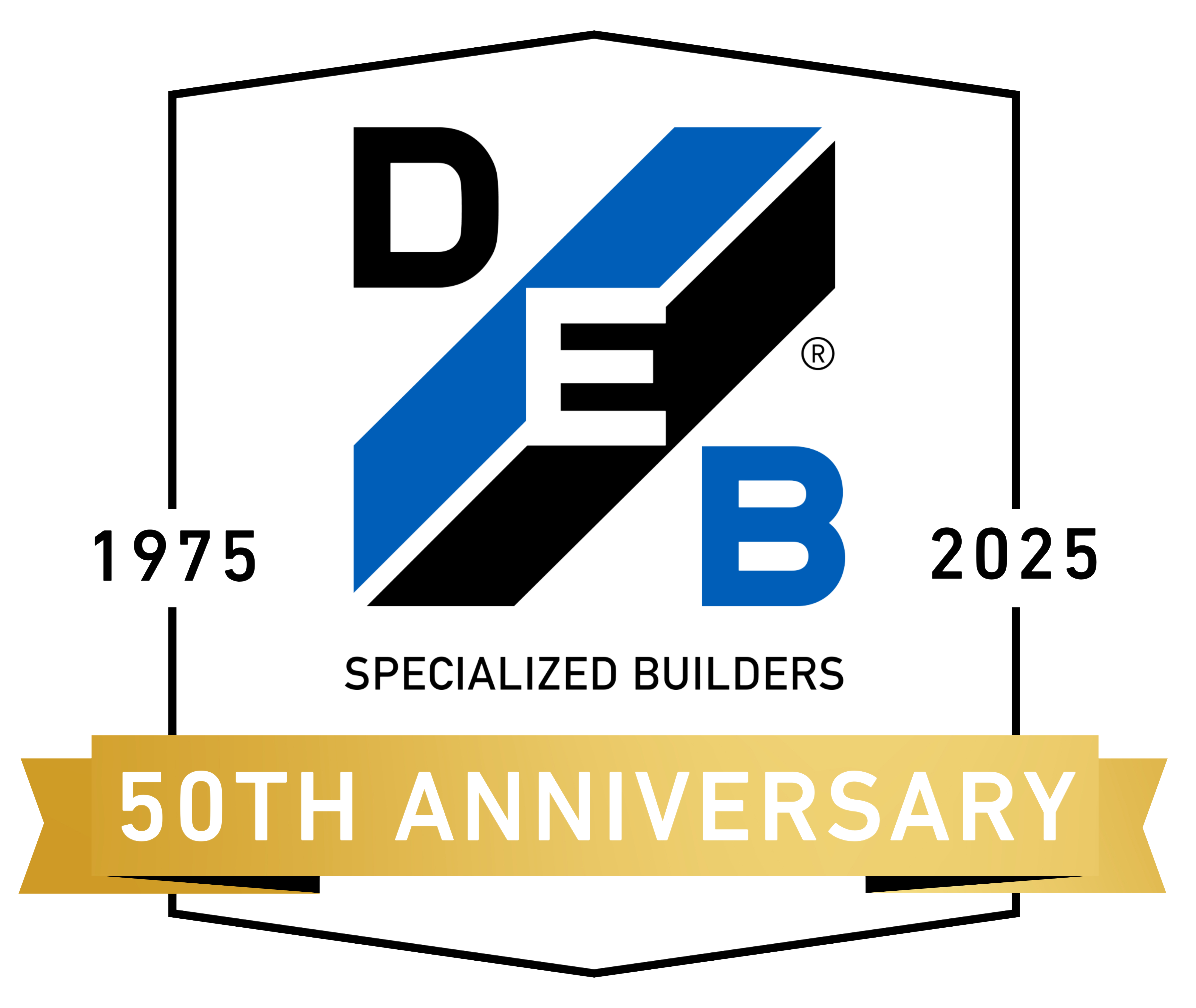Unlocking the True Potential of Best Structural Contractors Through Comprehensive Technical Specifications and Practical Guides
In the ever-evolving landscape of construction, the role of a Structural Contractor has become increasingly crucial. These professionals are tasked with transforming intricate designs into solid structures that stand the test of time. However, to truly unlock their potential, it is essential to provide them with comprehensive technical specifications and practical guides that cater to their unique needs and challenges. By offering these resources, we can enhance their decision-making processes, streamline project execution, and ultimately elevate the quality of construction outcomes.

This blog delves into various examples of effective specifications and guides that empower Structural Contractors, showcasing how these tools can lead to more efficient workflows and innovative solutions, thereby revolutionizing the industry standard.
Understanding the Importance of Technical Specifications for Structural Contractors
Technical specifications play a crucial role in the success of structural contractors, defining the guidelines and benchmarks that ensure projects meet quality and safety standards. In an industry where costs can quickly spiral, a comprehensive understanding of these specifications aids contractors in making informed decisions that align with project objectives. Recent reports highlight that miscommunication and inadequate specifications can inflate project costs by as much as 20%, underscoring the importance of clarity in contractual documents and the procurement process.
Tip: When developing technical specifications, engage cross-functional teams to gather insights from various stakeholders. This collaboration can uncover potential issues early, preventing costly revisions down the line.
As competition for construction projects intensifies, particularly in regions like the GCC where COVID-19 restrictions are easing, contractors must adopt a strategic approach to procurement. Sustainable procurement practices not only contribute to environmental goals but also enhance long-term viability. According to industry analyses, integrating sustainable materials and methods can reduce overall project lifecycle costs by up to 15%.
Tip: Consider utilizing automated procurement solutions that provide visibility into supply chains, helping to identify sustainable options while tracking costs effectively.
Key Factors That Define World-Class Structural Contractors
When it comes to identifying world-class structural contractors, several key factors play a pivotal role in defining their quality and reliability. One fundamental aspect is their expertise in comprehensive technical specifications. A contractor that demonstrates a strong understanding of structural design principles, materials science, and construction methodologies is better equipped to handle complex projects. This depth of knowledge allows them to anticipate challenges, ensuring that structures not only meet safety standards but also enhance longevity and performance.

In addition, practical guides and a hands-on approach to problem-solving set exceptional contractors apart. Those who prioritize effective communication and collaboration with architects, engineers, and clients foster an environment where innovative solutions can thrive. Furthermore, a commitment to continuous learning and adapting to the latest industry trends, including sustainable practices and advanced technologies, reflects a contractor's dedication to excellence. Such qualities ultimately lead to successful project outcomes and satisfied clients, reinforcing the contractor's reputation in the competitive structural engineering landscape.
Practical Guidelines for Effective Communication in Construction Projects
Effective communication in construction projects is essential for ensuring successful outcomes. As highlighted in recent studies, communication barriers significantly hinder project efficiency and team collaboration. For instance, research from Nigeria's construction industry emphasizes that poor communication directly contributes to increased delays and costs, with 70% of project managers reporting issues due to misunderstandings among team members. This underscores the need for comprehensive guidelines that facilitate clearer interactions among diverse stakeholders.
Practical guidelines suggest adopting structured communication frameworks that promote transparency and regular updates throughout the project's lifecycle. Implementing tools such as collaborative platforms can be instrumental in bridging gaps between disciplines. Data from multisectoral projects indicate that teams utilizing project management software experience a 30% reduction in project completion time. Moreover, cultivating an environment of open dialogue can foster trust and collaboration, ultimately leading to more efficient problem-solving. By prioritizing effective communication strategies, structural contractors can unlock their full potential and enhance overall project performance.
Unlocking the True Potential of Best Structural Contractors Through Comprehensive Technical Specifications and Practical Guides
| Contractor Type | Expertise Level | Years of Experience | Key Specializations | Communication Effectiveness (1-10) |
|---|---|---|---|---|
| Residential | Intermediate | 5 | Renovations, Extensions | 8 |
| Commercial | Advanced | 10 | Office Buildings, Retail | 9 |
| Industrial | Expert | 15 | Factories, Warehouses | 7 |
| Infrastructure | Senior | 20 | Bridges, Roads | 6 |
Innovative Tools and Technologies Enhancing Structural Engineering
 The structural engineering industry is witnessing a transformative shift through the adoption of
innovative tools and technologies. According to the
2021 Construction Technology Trends
report by McKinsey, the use of advanced software solutions and automation can lead to productivity
improvements of up to 50%. These innovations empower structural contractors to streamline
project workflows, reduce errors, and enhance collaboration among teams. Tools such as
Building Information Modeling (BIM) and
Virtual Reality (VR) are being integrated into the design phase,
enabling real-time simulations and adjustments that significantly improve project outcomes.
The structural engineering industry is witnessing a transformative shift through the adoption of
innovative tools and technologies. According to the
2021 Construction Technology Trends
report by McKinsey, the use of advanced software solutions and automation can lead to productivity
improvements of up to 50%. These innovations empower structural contractors to streamline
project workflows, reduce errors, and enhance collaboration among teams. Tools such as
Building Information Modeling (BIM) and
Virtual Reality (VR) are being integrated into the design phase,
enabling real-time simulations and adjustments that significantly improve project outcomes.
Moreover, emerging technologies such as
Artificial Intelligence (AI) and
machine learning are also shaping the future of
structural engineering. A report by the
World Economic Forum indicates that
integrating AI into construction projects can potentially reduce costs by 20% and project
durations by up to 30%. These technologies assist contractors in analyzing complex datasets
to make informed decisions that optimize resources and ensure safety compliance. By embracing these
advancements, structural contractors can unlock their true potential, ultimately leading to more efficient
and sustainable construction practices in today's competitive environment.
Case Studies of Success: How Specifications Drive Global Competitiveness
In the competitive landscape of structural contracting, comprehensive technical specifications have emerged as a critical driver of success. According to a report by the American Institute of Constructors, projects with well-defined specifications can reduce rework by up to 30%, significantly enhancing profitability and project timelines. These specifications not only streamline processes but also align all stakeholders, from architects to subcontractors, ensuring a uniform understanding of project goals. Case studies reveal that firms adopting rigorous specification practices experienced a 25% increase in bid success rates, underscoring the correlation between detailed guidelines and market competitiveness.
Tip: Implementing a clear specification framework can mitigate risks. Consider using BIM (Building Information Modeling) tools to visualize specifications, which provides a tangible reference for teams and helps avoid costly misunderstandings.
Furthermore, successful structural contractors leverage these specifications to communicate their unique value propositions effectively. A study from the Construction Industry Institute highlighted that companies focusing on specification-driven strategies achieved a 20% higher customer satisfaction rate. This not only solidifies client relationships but also fosters repeat business and referrals in an increasingly crowded market.
Tip: Regularly update your specifications based on industry trends and technological advancements to stay ahead. Engaging in continuous learning and collaboration with industry peers can provide insights into best practices and emerging challenges.
